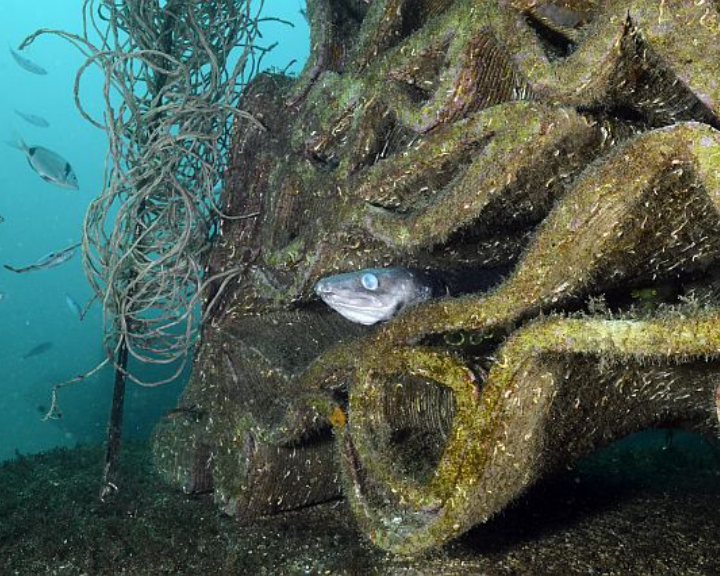Specialising in the restoration of marine ecosystems, the design of pro-active coastal structures for biodiversity and the adaptation of coastlines to the effects of climate change, Seaboost is a French company whose activity in favour of biodiversity, objective number 10 of the AIVP Agenda 2030, takes place in port cities. Martin Perrot, Seaboost’s Chief Operating Officer, shares with us the motivations that led the company to join the AIVP.
Seaboost is an AIVP member since January, 2022
AIVP – You recently joined AIVP. Can you explain to the other members of our international network how your business was created, and what solutions you provide?
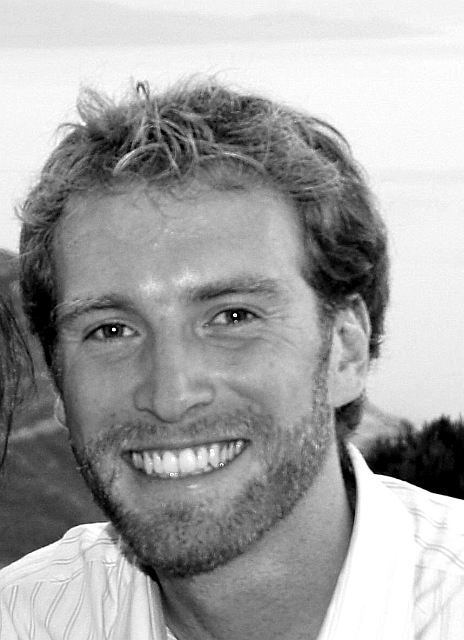
Martin Perrot, Seaboost’s Chief Operating Officer – Seaboost is a pioneering company that specialises in ecological engineering applied to port infrastructures. We work to restore aquatic ecosystems in the interface zones where the urban and natural environments meet, in France and around the world.
We saw that coastal development projects were finding it difficult to incorporate the functioning of marine ecosystems into their designs. With that in mind, Seaboost was created from our desire to bring together people with skills in a range of disciplines, from ecology to civil engineering, with the aim of devising solutions for the design and realisation of biodiversity-friendly marine and river installations. With over ten years’ experience in this innovative field, our team works every day to help port and coastal infrastructure operators reconcile their technical and economic imperatives with their commitment to preserving marine ecosystems.
We offer complete solutions in three main areas:
- Blue infrastructures, for integrating ecological functions into coastal or offshore technical infrastructures. For ports, we have developed a comprehensive support approach to incorporate optimised biodiversity management into port operation. In 2022, we installed over 5,000 m3 of habitats at around a dozen ports.
- ⦁ Ecological restoration of damaged natural habitats: coral reefs, mangroves, rewilding, and other natural environments.
- ⦁ Nature-based and anti-coastal erosion solutions: adapting to the effects of climate change and making ecosystems more resilient.
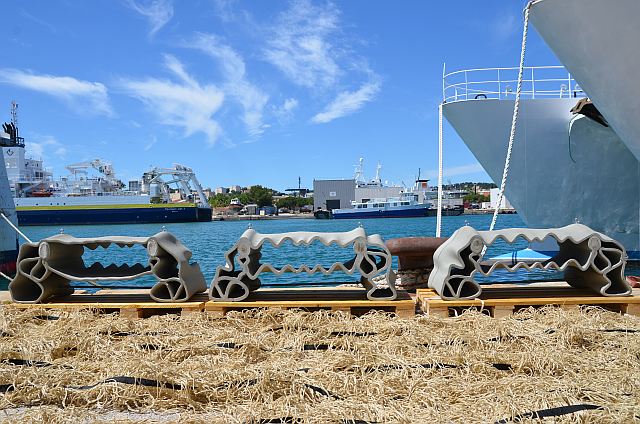
Seaboost offers a range of solutions for revitalising marine life, in places where it has been – or still is being – heavily impacted by human activity. Thanks to a process of constant innovation, based on numerous academic and industrial partnerships in France and worldwide, we have built up unique expertise in marine ecological engineering applied in temperate and tropical zones. Some of our most recent innovations includes large-scale port nurseries, artificial reefs, 3D-printed ballasts and moorings, and soft solutions to combat coastal erosion…
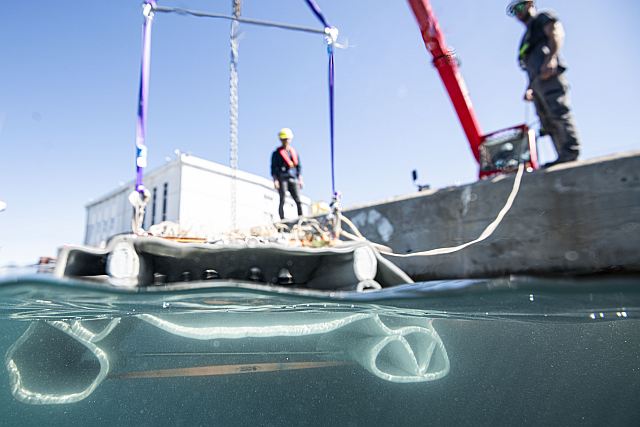
AIVP – What made you decide to join AIVP, and what are you expecting to get from our worldwide network?
Martin Perrot, Seaboost – Port cities are comprised of man-made and natural zones, which on a large-scale play a vital role for aquatic biodiversity (corridors, nurseries, shelters, etc.). These are living places that need to be restored and enriched!
AIVP brings together international urban and port stakeholders, and promotes efforts by port cities to put the UN sustainable development goals into practice, through its AIVP 2030 Agenda. We decided to join AIVP in order to reach out to the operators of port environments in France and around the world, take part in working groups, and help to shape a shared approach to the issue of preserving biodiversity in ports. We expect the AIVP will enable us to forge new contacts and build cooperation both with and between port cities.
AIVP – What will you bring to AIVP?
Martin Perrot, Seaboost – Historically, port installations and facilities have been designed for technical and economic functions. As a result, they promote fewer ecological functions than the ecosystems they have replaced or disturbed.
Our approach involves recreating habitats with the characteristics needed for the development of marine species (coral, mangroves, algae, fish, crustaceans, etc.), taking into account their preferred environment and the different stages in their life (larvae, young, adults, etc.). The aim might be to redevelop rich and diversified communities, more representative of the surrounding natural environments that are in good condition. Alternatively, it might be about developing specific species that are endangered or of scientific or symbolic interest, are important for fish stocks, or are the first links in complex natural ecosystems.
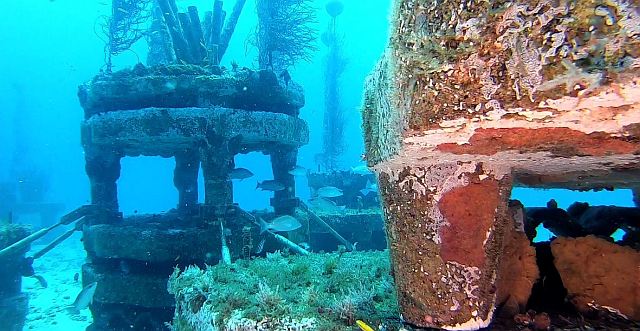
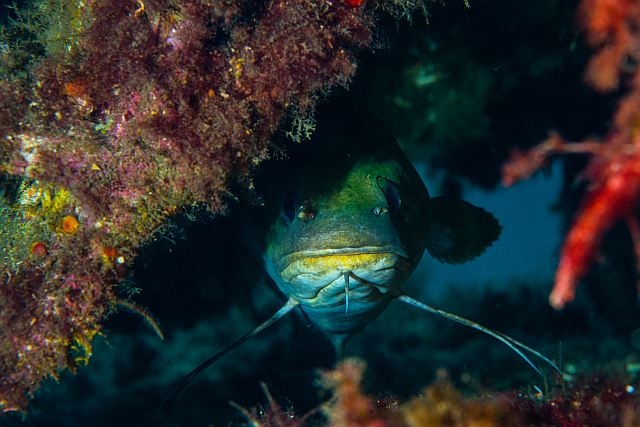
We want to use our experience to help port cities meet the need to preserve aquatic ecosystems, and share our passion for fighting the erosion of biodiversity together.
AIVP – You are joining a network that already includes a number of members working to promote biodiversity. Can you tell us more about your vision of how our members can complement one another, around shared sustainable values?
Martin Perrot, Seaboost – There are several ecological engineering players who today share the goal of developing the ecological functions of coastal installations, thereby reconnecting man-made zones with their environment.
Solutions offered in this field, both those which already exist and those currently in development, are varied and complementary, reflecting the diversity of the habitats found in nature. Scientific monitoring has shown various solutions to be effective, providing a sound common basis for developing port ecological engineering.
Following this initial phase, the priority for tackling the erosion of biodiversity is for us to take fast action that is proportionate to what has been lost, i.e. on a vast, global scale. To achieve that, all the stakeholders concerned need to work together to come up with ambitious, standard-setting new initiatives that show the path to success, inspiring other operators to follow.
We are joining AIVP today with the aim of helping to bring through those synergies and opportunities, driving the ecological restoration of port cities forward into a new phase of development and dissemination.
The task ahead is a huge and urgent one. It is essential to pool our energies and look beyond our individual interests if we are to act effectively.
AIVP – You provide solutions to protect biodiversity in port cities, such as your RECIF’LAB project, for example. You also work to improve the resilience of coastal areas, as you are doing with your PEGASE project. Based on your experiences, what do you see as the keys to achieving these goals, fully in line with our 2030 Agenda, of protecting biodiversity and resilience?
Martin Perrot, Seaboost – Proper management of biodiversity in ports helps to improve the state of the environment on a larger scale. Richer man-made ecosystems are more resilient (to climate change, invasive species, etc.). That biodiversity management consists of several stages: gathering information about the existing state of the port (ecological assessment to ascertain its strengths and areas for improvement), then moving into action (planning and deploying actions, such as ecodesign of new and existing installations), evaluating (scientific monitoring of ecological and technical performance), and promotion (training, awareness, communication).
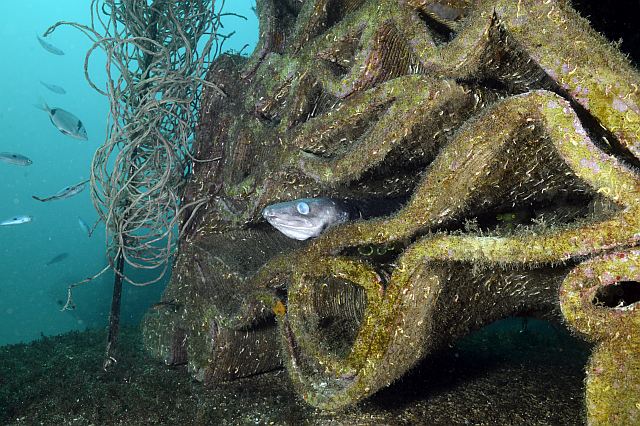
By supporting port cities through each of these stages, we are playing our part in achieving goal 10 of the AIVP 2030 Agenda, “Protecting biodiversity – restoring and protecting biodiversity on land and at sea in port regions and cities”.

